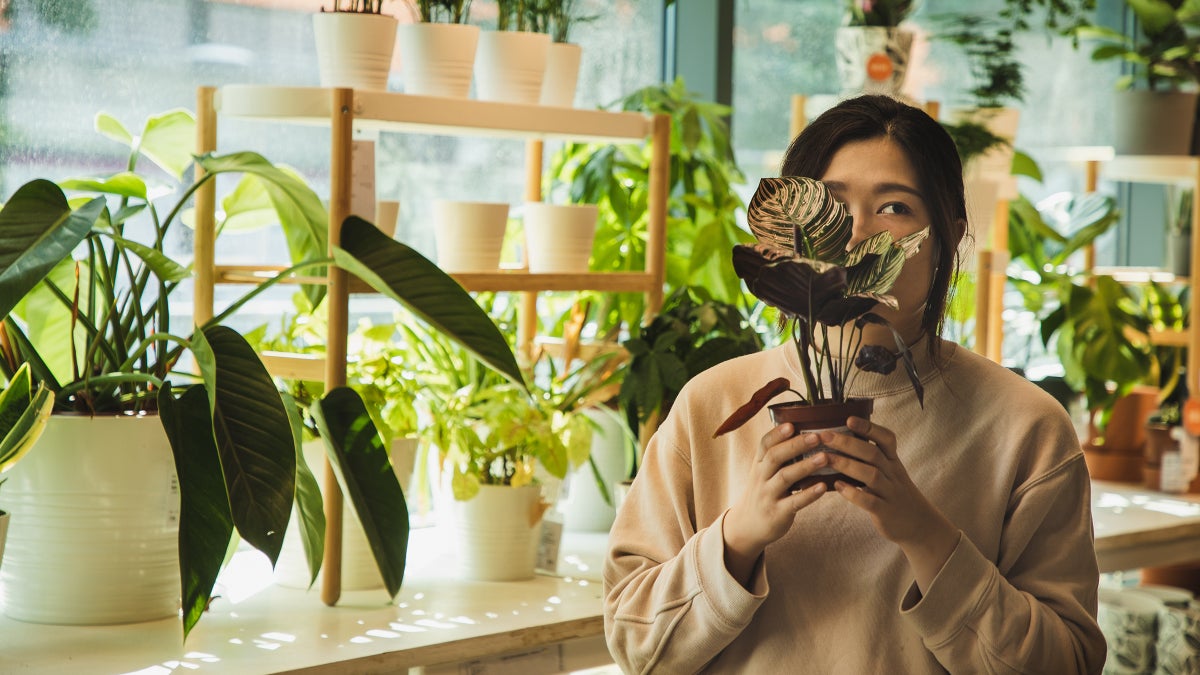No products in the cart.
Outdoor Adventure
Houseplant Care: A Beginner’s Guide to Healthy Greenery
It makes perfect sense that the pandemic has seen a run on houseplants. We all want to bring more life to our homes, to feel the beauty and hope of another intelligence. Plants remind us that we are part of nature and, despite all we’ve done, that nature still works. Or can work, with a little care.
“It’s a total relationship,” says Mickey Hargitay, Los Angeles’ go-to expert, whose shop, Mickey Hargitay Plants, has been booming unlike any other period during in its 42 years in business. “In the last couple years, it’s been refreshing to see so many people experiencing it. Once you get to know your plant, you can definitely learn to speak the language.”
As a couple of urban farmers, we’ve found that our relationships with plants, both outdoors and indoors, has helped us maintain our sanity over the last couple years. But there’s something special about living with a plant in the home. It’s easy, inexpensive (even fancy shops sell small plants in 6-inch pots for about $20), and it really does make you feel good to be in daily communication with another living creature.
Much like the plants we grow outdoors, the basic elements you need for indoor houseplant care are sun, water, and food. Hargitay says the place to start planning your indoor garden is with the sun. Most popular houseplants are jungle dwellers that grow in the understory, adapted to dappled or filtered light, which means they want plenty of sun but not direct sun. So start by thinking about where your new companion will live. Will it be front-and-center in a sunny kitchen window? Hanging from a hook in the bathroom? Standing tall in a dim corner?
Here are some of the easiest and most popular plants for different scenarios. Charissa Seloadji, a houseplant specialist at Sunset Nursery in Los Angeles, also helped us select some of the tropical beauties on this list. They are sold all over the U.S. and can thrive in anybody’s house.
Houseplant Care: How Much Sunlight Does Your Plant Need?
For placement in a sunny window or in bright reflected light:
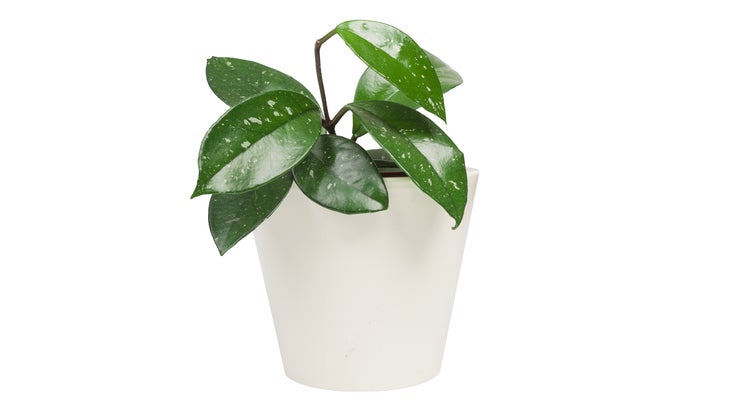
Wax plant (Hoya carnosa)
“They are gaining a lot in popularity, but they do need decent light and have beautiful blooms,” says Hargitay. These make great hanging vines near a bright window, where they will erupt with loads of star-shaped flowers.
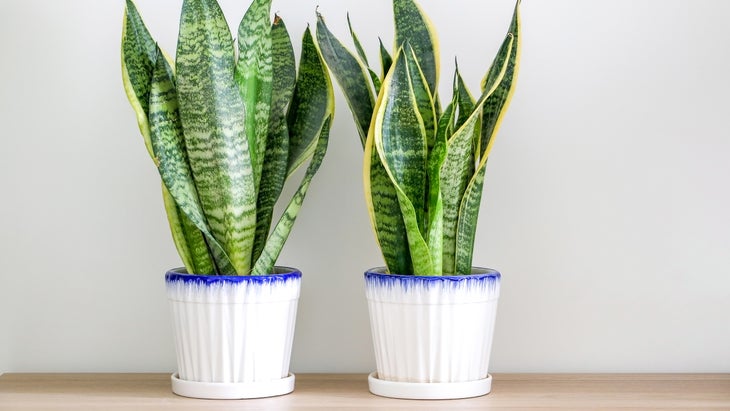
Snake plant (Dracaena trifasciata)
Clean and elegant, this plant features clumps of upright, swordlike leaves up to three feet tall that first became popular in mid-century modern homes. These do great in the sun but can also tolerate a move to the interior of the room, so long as it’s not deep darkness.
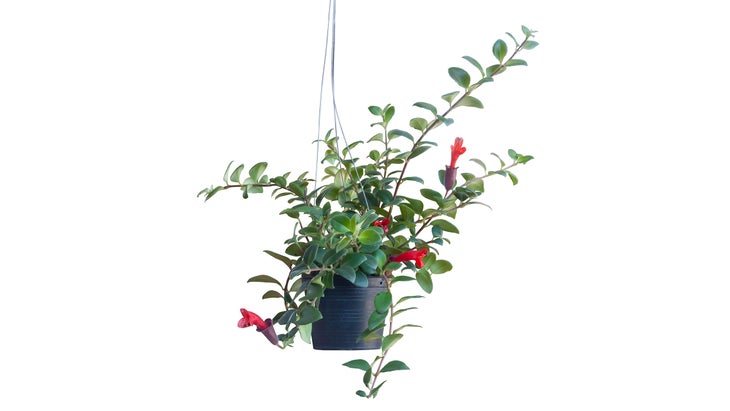
Lipstick plant (Aeschynanthus radicans)
A beautiful vine with short, pointed leaves and gorgeous bright red blooms, this one loves good light and won’t do well in a dark corner.
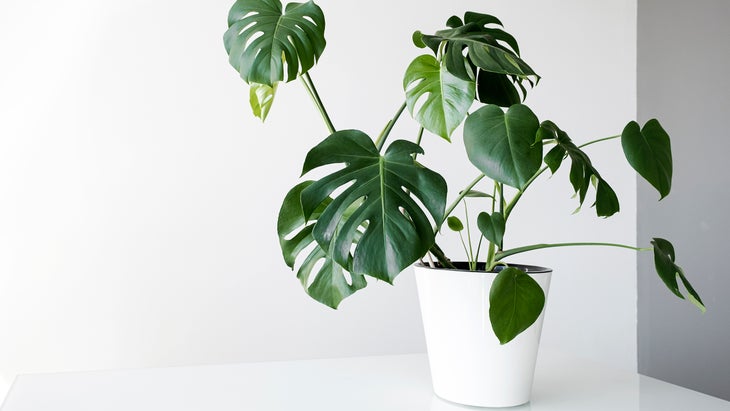
Monstera
This genus of shrubs and vines have huge leaves with deep lobes and fascinating fenestrations, or holes, in them. They can be small table-top plants or large outdoor trees that bear fruit, where they will need a lot more water.
For placement in lower light, away from a window and in shade some of the day:
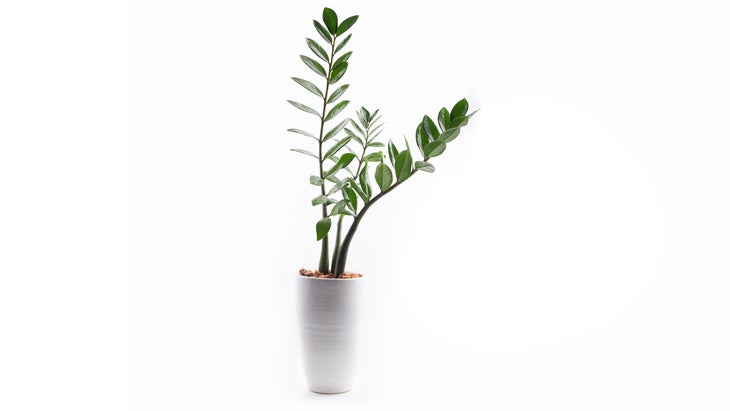
ZZ plant (Zamioculcas zamiifolia)
The ultimate beginner plant, they adapt to light or dark. “You can put them anywhere in your home,” says Seloadji. “If you have them in a really dark area, we tell people to only water about every three to four or weeks.”
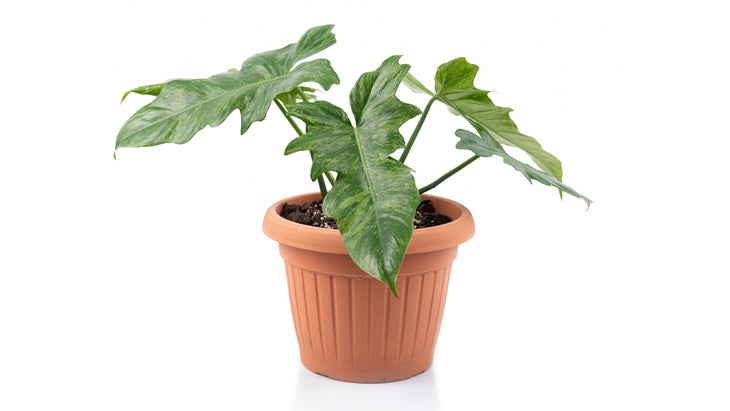
Philodendrons and Pothos
These are two different genera of vines with heart-shaped leaves that make great hanging plants, and can tolerate being further from a window. Golden and green pothos are good for low light, and the popular light-colored marble queen variety wants to be in brighter light.
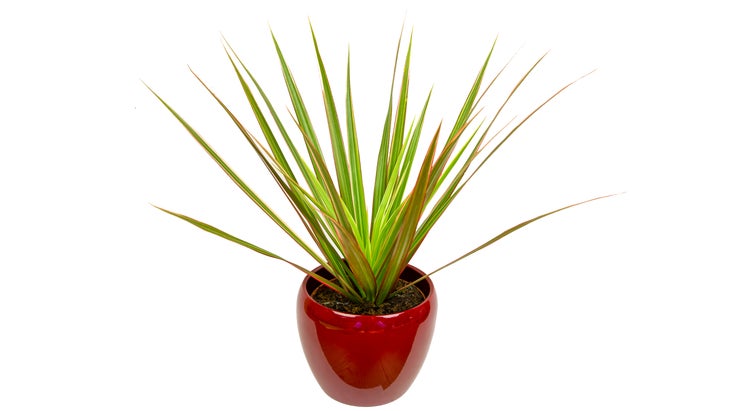
Dracaena
These are from a vast genus of trees and succulent shrubs like Dr. Seuss trees with palm-like trunks and long, pointed leaves. Hargitay says, “They’re very forgiving and pretty bulletproof. They take a lot of abuse. In low-light, they don’t like a lot of water; they will take a drink every other week.”
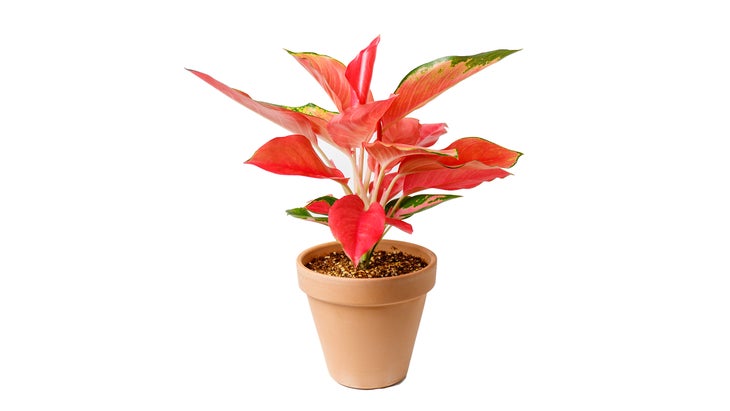
Chinese evergreen (Aglaonema)
These feature wonderful, variegated swordlike leaves growing off of a central stem. Seloadji adds, “Ags just want to dry out completely, so that’s another one that you don’t need to water very often, and they’ll do well.”
Not for Beginners
Choosing a plant is a matter of aesthetics. But notice that we did not put the super-popular fiddle-leaf fig tree on the list. That’s because they’re finicky about the sun, and hard to care for. We also left prayer plants off the list, despite their mesmerizing leaves, because they require closer monitoring to make sure they are getting enough water.
After optimizing your plant’s sunlight, you need to provide appropriate water and food. Here’s our best advice on how to do that.
Houseplant Care: Water 101
Here’s the thing: most of us kill our houseplants by overwatering them.
“That’s the biggest thing with house plants, generally, is letting them dry out,” Seloadji adds, meaning that you should let the plant use up all the water before adding more. “That’s true for most house plants. There are a few exceptions like ferns, and some plants like prayer-plants; they like to stay moist.”
A ZZ plant in a dim room, for instance, will only need water every three to four weeks. Most of us can hardly stand to wait that long—we want to do something! If the plant wilts noticeably, water it. But if the leaves turn yellow or the stems turn black, you’re overdoing it. You can check the soil by sticking a finger in, or, if the pot is deep, use a chopstick. If you want to get techy, grab the Mosser Lee Soil Master ($17: all prices from Sunset Nursery), which will tell you dry from wet.
Another clue about sun and water: the lighter-colored your plant’s leaves are, the more sun and water it will probably need. Dark green indicates chlorophyll, the active food-making part of the plant, so if the leaves are more emerald, they are better-equipped to live in low light and normal water. That Marble Queen Pothos, parts of which are white, has less chlorophyll so it needs more light and, since more light means it dries out faster, more water.
Houseplant Care: Food 101
Most of us never feed our plants, and that’s why they eventually start looking sickly. Our plant friends need food, or fertilizer, applied to the soil every couple weeks. Every plant will have its own specific regimen. Good liquid fertilizers include Espoma Organic Indoor! (8 oz,, $11) and Agrothrive Organic (32 oz., $22). Dry pellet fertilizers release food every time you water, and a good organic one is Osmocote Plus (1 lb., $11). Again, don’t overfeed. Adding more food won’t make your plant grow more, but might actually burn the plant with too much nitrogen.
Additional Tips for Houseplant Care
Don’t let your kids or your pets chew the houseplants. None of them are safe for people to eat, and most will make your dog sick, too.
Bugs, however, love to eat your plants. You’re likely to get a few. Some of the most common ones are fungus gnats, spider mites, mealy bugs, and a tiny but oddly prehistoric-looking armored insect called scale. Fungus gnats are about the size of a fruit fly—to deal with these, Seloadji says her customers buy a lot of a product called Mosquito Bits (8 oz., $15), which is a beneficial bacteria that kills the larvae in the soil. There are many organic or natural remedies for mealy bugs and spider mites, including neem oil and pyrethrin, and one of the most effective ways to get rid of scale is to simply wipe your plants with a cotton ball or Q-tip full of rubbing alcohol, and then rub them off.
Hargitay recommends that you regularly spend a little time wiping your plants down anyway, to keep them free of dust and grime.
Lots of people feel the need to transplant their new plants out of the plastic nursery pots they came in, because they think the plastic pots are ugly and they want to put them in something nicer. Resist this urge, as its stressful for the plants. We like to put the plants, inside their original nursery containers, in a favorite pot that we have lined with a plastic insert (available at nurseries and hardware stores) that catches the water so it won’t drain through the pot, causing water stains and puddles in the home.
Remember that plants are living things and like us, they will respond to good care.
“It’s something I think about a lot,” says Hargitay. “I think we’re just all living in this world that’s so plastic and fake and we want to get back to nature, get back to things that are real. Bringing a live plant into the house is one way to do that. Providing care is fulfilling. It gives people a lot of good feedback, you know?”
Maybe a new relationship is just what you need, and there’s a plant out there waiting for you, with its own story to tell.
Source link

